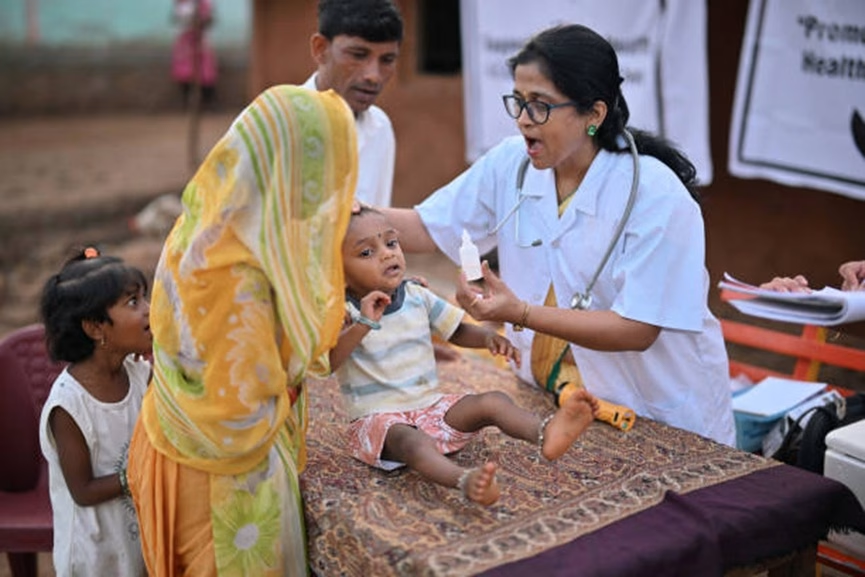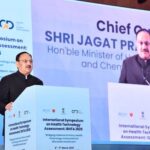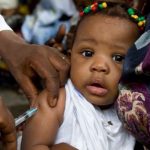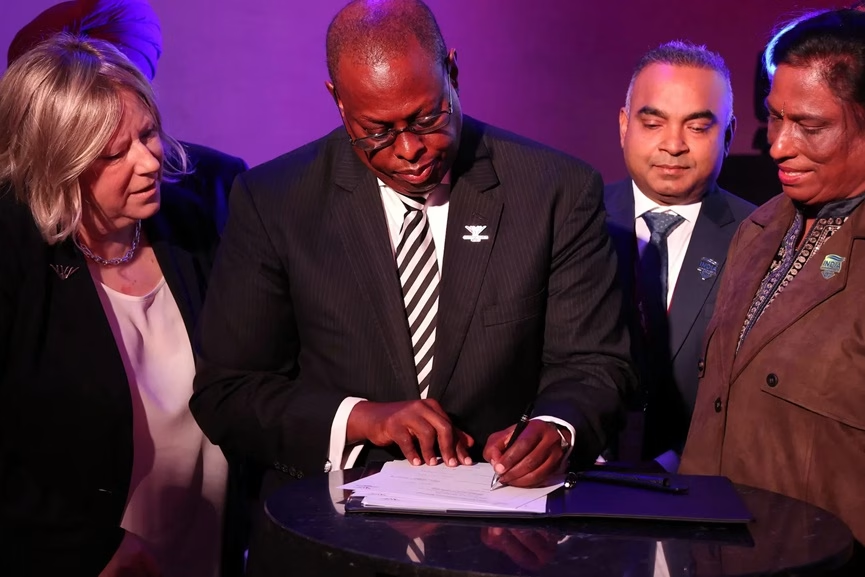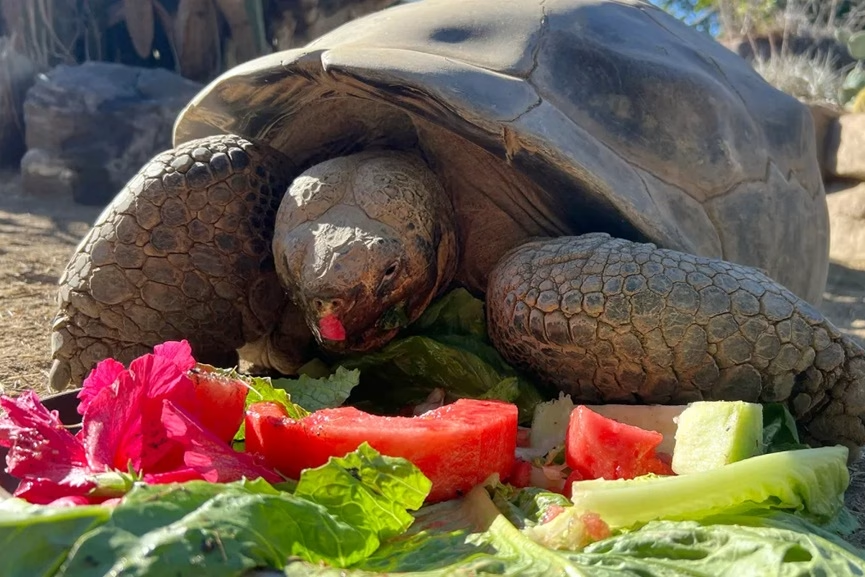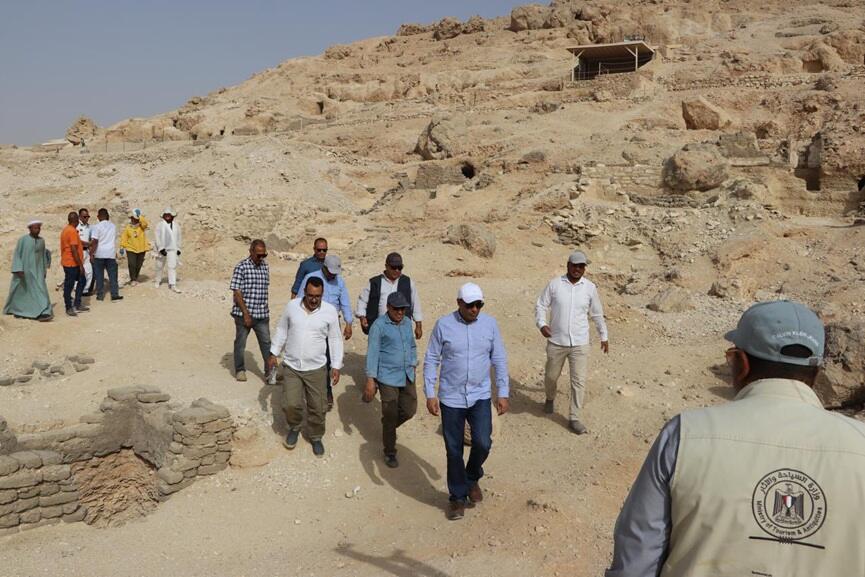New Delhi: If you’ve ever stepped into a government hospital on vaccination day, you’ve seen the quiet miracle that is India’s immunization drive. Mothers cradling babies, fathers juggling forms and lunchboxes, nurses moving with precision, and somewhere, a child’s brief cry reminds everyone of what’s at stake.
With the theme “Immunization For All Is Humanly Possible,” World Immunization Day 2025 is the perfect moment to reflect on how India is winning the war on vaccine gaps through one of the world’s most ambitious public health missions.
For decades, India’s development story has focused on rockets, digital innovation, and billion-dollar startups. Yet, one of its greatest triumphs lies in the silent, consistent fight against disease. From a nation once battling smallpox and polio to one now leading one of the largest immunization programmes globally, India’s progress is the result of millions of quiet acts of service by ASHA workers, nurses, and cold chain technicians who make sure no child is left behind, even in the farthest corners of the country.
Today, on World Immunization Day, we spread awareness about completing vaccinations on time to keep children and mothers safe from vaccine-preventable diseases. Millions of health workers are ensuring immunization services reach every part of the country.
To support this… pic.twitter.com/oy8L0wru76
— Jagat Prakash Nadda (@JPNadda) November 10, 2025
Vaccine Map of India
India’s Universal Immunization Programme (UIP) protects over 27 million infants and 30 million pregnant women every year against 12 vaccine-preventable diseases from diphtheria and measles to hepatitis B and Japanese encephalitis.
Behind these numbers lies a logistical marvel. Vaccines must be stored between 2°C and 8°C, even in places where power cuts are routine. It’s a task that demands precision and dedication, supported by over 29,000 cold chain points and 55,000 trained technicians who ensure every vial stays viable from port to patient.
Mission Indradhanush
In 2014, India gave a new meaning to the word “universal” by launching Mission Indradhanush, inspired by the seven colours of the rainbow, each representing a vaccine-preventable disease. The mission expanded the country’s immunization reach with a renewed sense of urgency and inclusiveness. At a time when the world grappled with vaccine hesitancy, India demonstrated vaccine confidence rooted in trust and awareness.
The COVID-19 pandemic further strengthened India’s health infrastructure. Over two billion doses were administered through the CoWIN platform, which now supports the broader immunization ecosystem. The digital backbone built during the crisis became a lasting advantage for India’s public health mission.

Human Chain Behind the Cold Chain
The real face of India’s immunization success isn’t a bureaucrat or policymaker. It’s the ASHA worker on a cycle, carrying a cold box through dusty lanes. It’s the Anganwadi worker who knows every child’s name and every mother’s worry. These women form the backbone of India’s vaccine movement, persuading hesitant families, calming anxious mothers, and working tirelessly to protect the next generation.
Despite these efforts, challenges remain. States like Uttar Pradesh, Bihar, and Madhya Pradesh continue to face uneven coverage, and urban slums pose unique hurdles due to frequent migration. Yet, the gap narrows each year.
Diseases like pneumonia, influenza, and HPV remain challenges, but India’s immunization journey shows what is possible when compassion meets commitment. The next step is sustaining this momentum, not driven by crisis, but by conviction.



